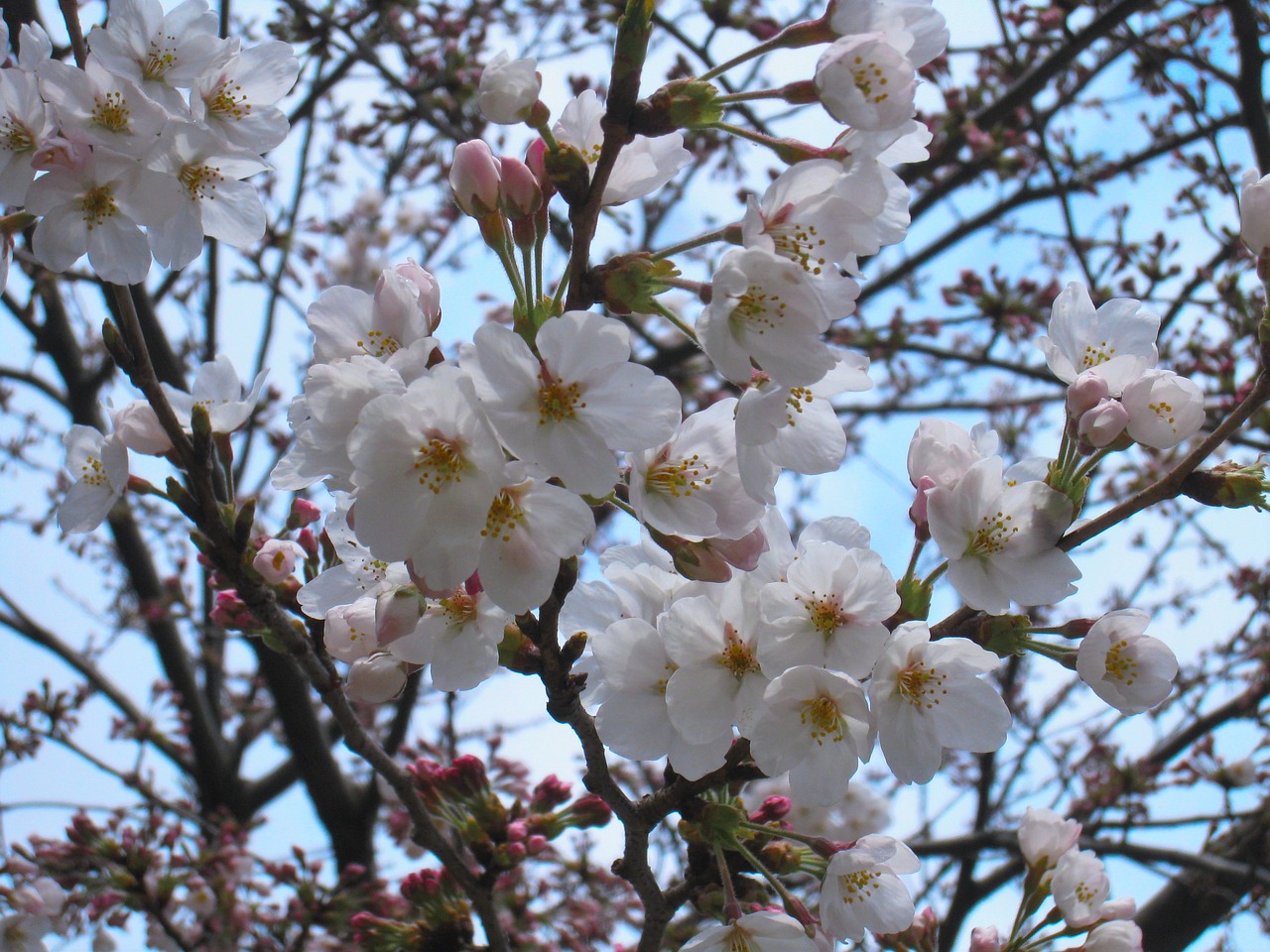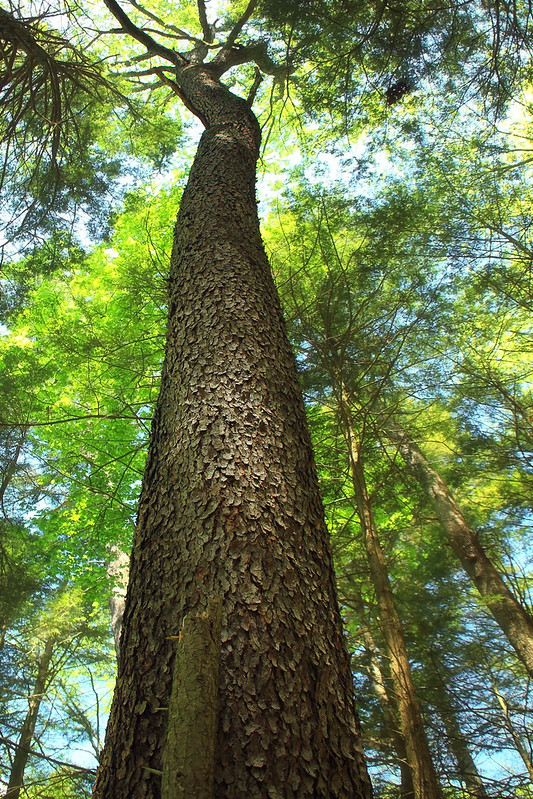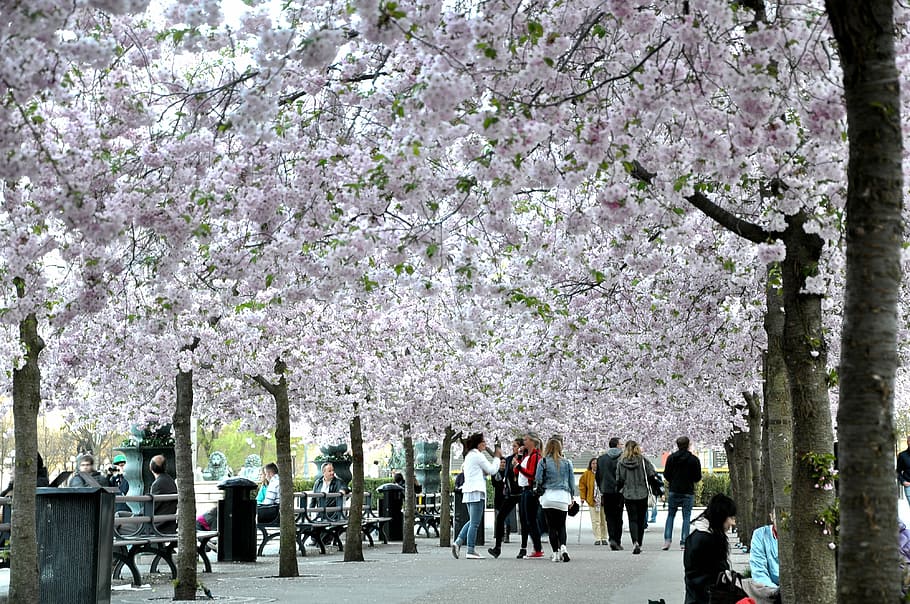
If you live or work anywhere near D.C., you’ve likely seen and smelled the celebrated blossoms of the famed cherry trees gifted by Japan to the capital city in the early 1910s. The display is enough to make many wonder if it’s possible to grow your own cherry tree(s). The good news is, you’re in luck! Caring for trees isn’t that hard. Many people are nervous to try their hand at cherries, but they’re really quite simple to grow.
I’ll tell you how, what types of trees there are to choose from, basic planting advice, and answers to your basic questions, including how long after planting you’ll need to wait before you have blossoms (and cherries) of your own.
How to Grow a Cherry Tree
Cherry trees require many of the same conditions as other fruit-bearing trees.
- Full sun location. Plant trees in a location where they can receive a minimum of six hours of direct sunlight daily.
- Well-drained soil. They like soil with a pH that is neutral to slightly acidic. They will tolerate a variety of soil types.
One of the biggest differences with growing cherry trees is most varieties grow best in northern climates. Cherry trees need on average 1,200 chill hours, which is the cumulative time in the winter that temperatures drop below 45 degrees Fahrenheit. This is needed for the trees to develop buds. Because of this cherry trees are best suited for USDA hardiness growing zones 4 – 7, although there are some varieties classified as low-chill trees, needing significantly fewer chill hours.
Types of Cherry Trees to Choose From
Trees can be grown for their ornamental blossoms or fruit, depending on the cultivar planted. Whether your tree bears fruit is a personal preference that needs to be considered when choosing a cultivar.
Nonfruiting, Ornamental Cherry Varieties
In and around the Washington, D.C., area, you can find the following nonfruiting, ornamental cultivars (from most popular to least popular):
- Yoshino Cherry. The Yoshino (pictured above) is the most-common variety at the Tidal Basin.
- Kwanzan Cherry
- Takesimensis Cherry
- Akebono Cherry
- Weeping Japanese Cherry
- Usuzumi Cherry
- Autumn Flowering Cherry
- Sargent Cherry
- Fugenzo Cherry
- Afterglow Cherry
- Okame Cherry
- Shirofugen Cherry
Sweet Fruiting Varieties
If you’re looking for fruiting cultivars that are sweet, these are some of the most popular cherry cultivars for the area:
- Bing
- Stella
- Ulster
- Lapins
- Cavalier
- Hedelfingen
- Viva
- Hartland
- Hudson
- Rainier
- Napolean
For those with a hankering to plant a native species, try your hand at the wild black cherry. The fruit is edible, just make sure to avoid eating the pits since they contain cyanide.

Basic planting advice
Planting cherry trees is pretty straightforward, especially if you’re an experienced tree planter and know how to wield a shovel to dig a hole:
- Plant trees in late fall or early spring just after the ground thaws.
- To promote good air circulation between trees, standard trees should be planted 35 to 40 feet apart. Dwarf trees can be planted with a distance of 10 feet between them.
- Dwarf trees should have graft union several inches above the soil; standard trees should be planted with the graft union several inches below.
- Mulch around the base of the tree after planting, making sure to not let the mulch directly touch the bark of the tree.

If you’ve never planted a fruit tree before, check out A Guide to Planting Fruit Trees for more detailed instructions.
Cherry Tree FAQs
Q. How long will I have to wait after planting until my tree blossoms and produces fruit?
A. Young trees may produce blooms that blossom the first spring following planting. Standard size trees vary but typically produce fruit by their fifth to the seventh year; due to their genetics, dwarf trees will bear fruit slightly earlier, in years three to five after planting.
Q. Do I need to plant more than one cherry tree?
A. The number of cherry trees you need to plant depends on the variety. Many varieties of sweet cherries are self-sterile, which means you need a different variety in close proximity for pollination to occur. There are a few select cultivars that are self-pollinating so you can plant a single tree if you are limited on space.
Q. What are the fertilizer requirements for a cherry tree?
A. Newly planted trees should be fertilized each spring with a balanced fertilizer until trees begin to produce fruit. After they begin fruiting, its best to apply a low-nitrogen fertilizer in late winter before bud break, at a rate based upon a soil test. Over-fertilizing cherry trees will lead to lush foliage growth with little bud and blossom development.
Q. How do I keep birds from eating cherries off my tree?
A. The best way to keep birds from picking your trees clean is to cover your tree with bird netting as the fruits form.
Q. Can I pick cherries before they are ripe?
A. No, you shouldn’t pick cherries before they are fully ripe.